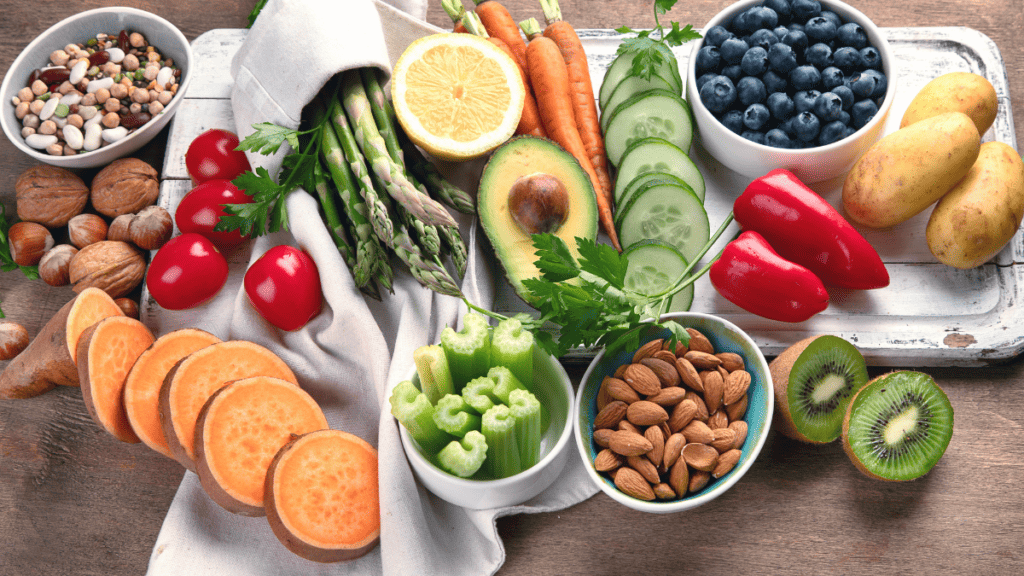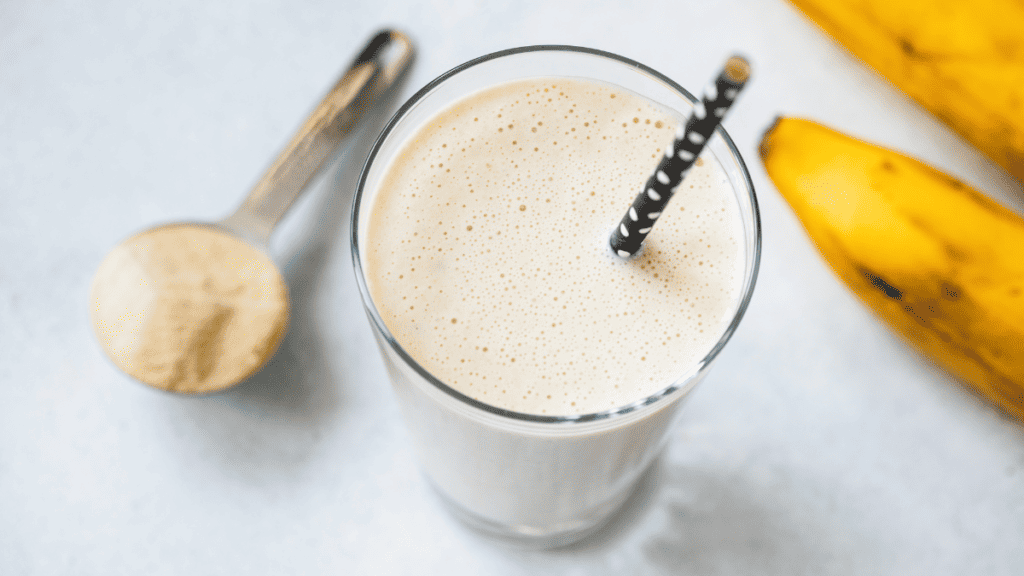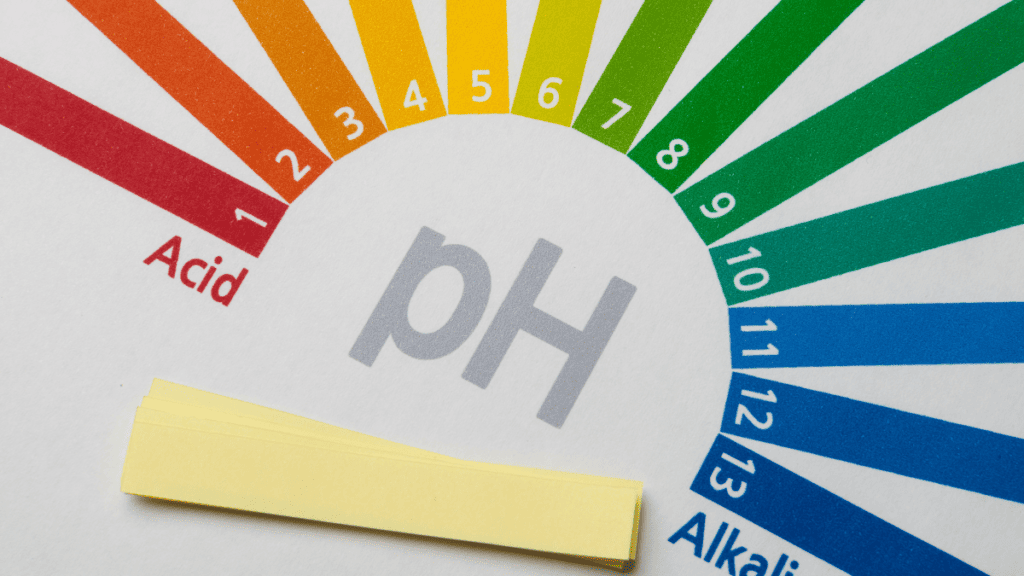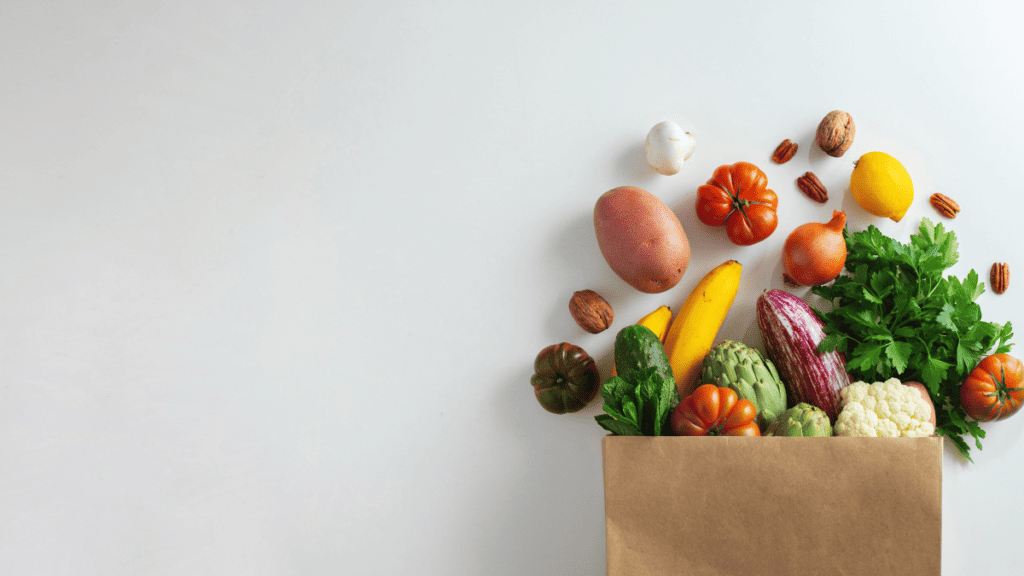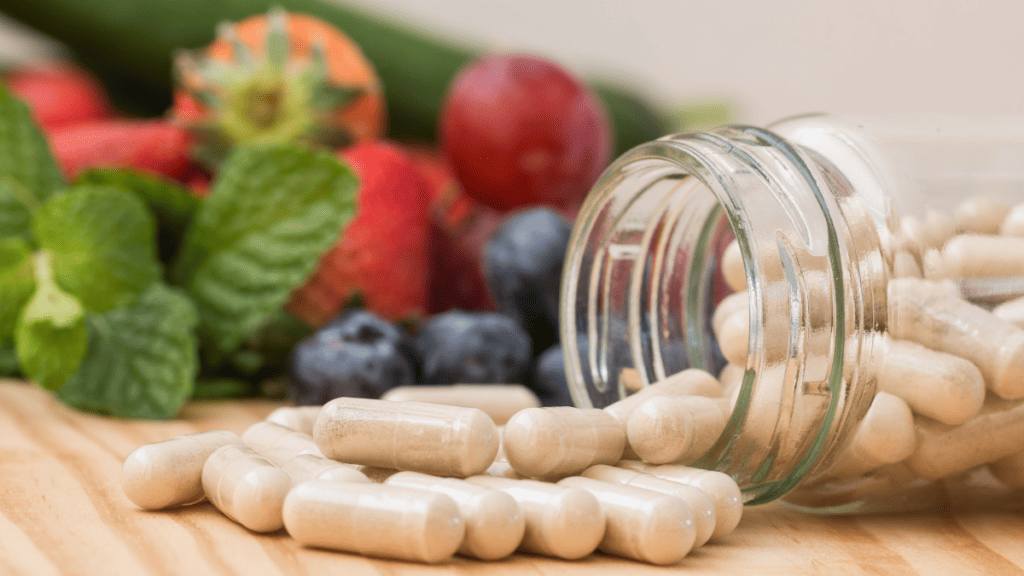
Thrust Belts for Women: The Ultimate Guide
There are several types of hip thrust belts available on the market, each with its own unique features and benefits. We spent hours researching and testing various thrust belts for women to identify the ones that provide the best fit and style. In this article, we’ll discuss our top picks and what makes them stand out.



